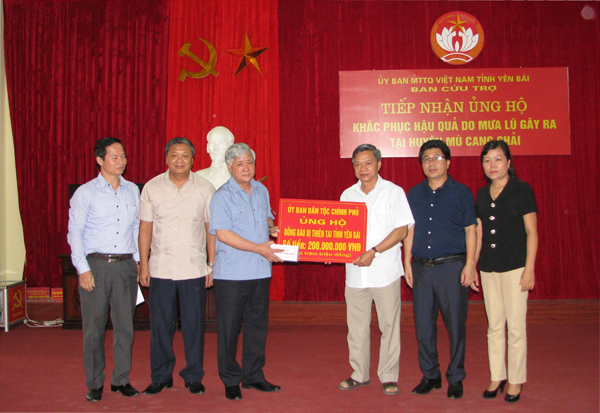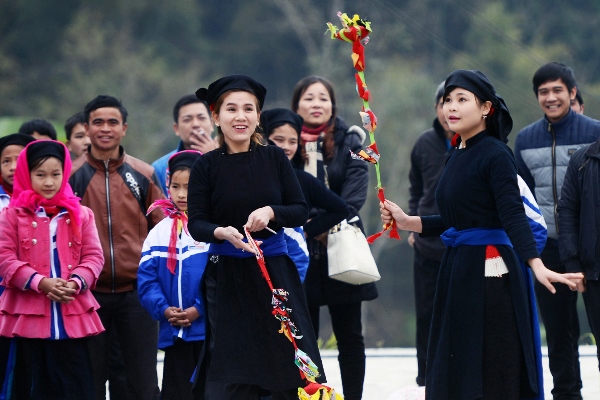The Ro mam have about 230 people inhabiting in Le village, Mo Rai commune. Sa Thay district of Kon Tum province. Ro mam language belongs to the Mon-Khmer Group.
The Ro mam live mainly from cultivation on burnt-over land. Sticky rice is their staple food. Cultivation techniques are traditionally done, men dig holes by two sticks and women go behind them to put seeds into the holes and cover them with soil. Hunting and gathering play a fairly important role in their economic life. Among extra occupations, weaving was most developed but it has declined now, because the Ro-mam used to buy industrial goods sold in the market.
Ro mam women used to wear jupes and shins with short sleeves. The jupes are made from coarse cloth without decoration and fall down below their knees. Men wear loincloths, front lap hang over their knees and back lap fall down to their shins. According to old custom, young people have tour to six of their upper teeth filed for aesthetic reasons. Nowadays, they do not follow this practice. Women like to wear earrings, bracelets and necklaces made from glass beads.
The village of the Ro-mam is called a de headed by an old chief who enjoys the trust of all the villagers. The Le village now comprises only about 10 houses and a rong (communal house). Each family comprises 10-20 persons of various generations who have blood ties. The couples live under the same roof, but each nuclear family forms its own economic unit.
Each house has a corridor running the length of the house. The central part of the house serves as a reception area for guests and a place for common entertainments of all nuclear families.
The Ro mam's matrimonial rites are performed in two steps: engagement and wedding. Several days after the wedding, the young couple may divorce, but when they have lived together for a long time they do not want to divorce. When a person dies, his or her body is placed in the house for one or two days before burial. The cemetery is located in the west of the village and the tombs are arranged in a certain order. At the burial, the face of the deceased is turned in the direction away from the village. The cemetery never be located to the east for fear that the deceased will go through the village like the sun does. The Ro mam's beliefs are related to agriculture. Rituals and ceremonies are held in the production cycle from starting slash and fire land to carrying rice to the houses. These are communal activities of the villagers which are preserved up to now

_16-06-23.jpg)




